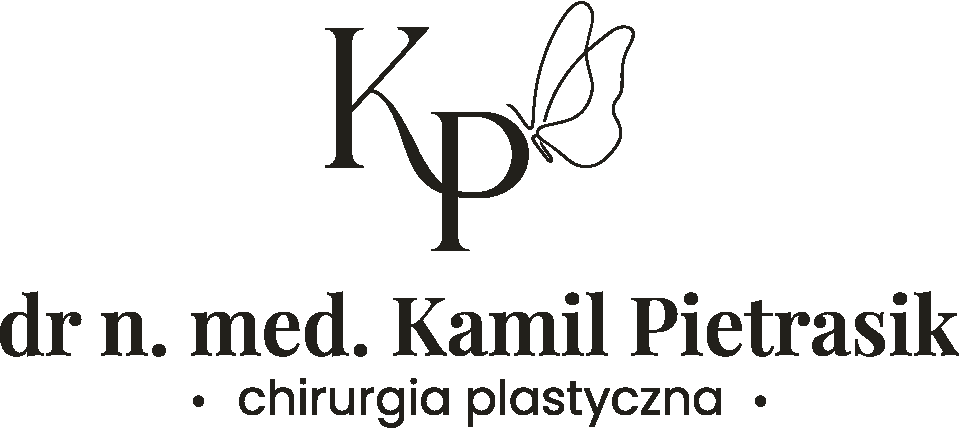Nose
Nose is the most prominent aesthetic unit of the face. Thus its anatomy and proportions play crucial role in perception of entire face. This fact and complex anatomy of the nose makes rhinoplasty one of the most challenging procedures in aesthetic plastic surgery.
After knowing patient’s expectations and detailed examination with cephalometric analysis of pictures, Dr Pietrasik proposes individually selected method of rhinoplasty.
The goal of the operation is aesthetic and functional improvement of the nose.
Rhinoplasty is most frequently performed due to deviation of the nose, dorsal hump, disfigurement or drooping of the tip or collapsed ala. Surgery of the nose may involve its cartilaginous, bony components as well as nasal septum. During consultation Dr Pietrasik will ask you about parts of your nose that bother you most. He will evaluate realistically your concerns and present possible plan of their improvement. Depending on magnitude of disfigurement and accompanying procedures, Dr Pietrasik may perform rhinoplasty in open or closed mode. Both methods have “pros and cons” and are not alternative to each other.
Rhinoplasty is performed in general anesthesia.
Depending on employed surgical technique, skin incision are located inside the nose (close approach) or on nasal columella (open approach). In both cases resulting scars are hardly perceptible after normal healing is complete.
Patient after minor rhinoplasty may be discharged home 6 h after the surgery is complete. Patients after more complex procedures stay in the facility overnight.
Skin sutures, septal splints and plaster cast are removed one week after the surgery.
Recovery period depends on extend of rhinoplasty and accompanying procedures. Return to normal activity is usually possible after 2 weeks. Final aesthetic result is evaluated after 6-12 months and is related to specificity of healing process of the nose. Within this period nose should be protected from any possible trauma.
| Duration | 3-5 h |
| Anesthesia | general |
| Stay in the facility | 1d |
| Recovery | 10-14 d |
| Sutures | removed at post-op day 7-10 |
| Contraindications | menstruation or premenstrual period, untreated mental illnesses, blood clotting disorders, uncontrolled hypertension, uncontrolled diabetes, cardiac a arrhythmias, active infections, autoimmune diseases, cancer, pregnancy |
| Recommendations before the procedure | nos pre-op.pdf |
| Recommendations after the procedure | nos post-op.pdf |
This short information doesn’t replace medical consultation in the office.
